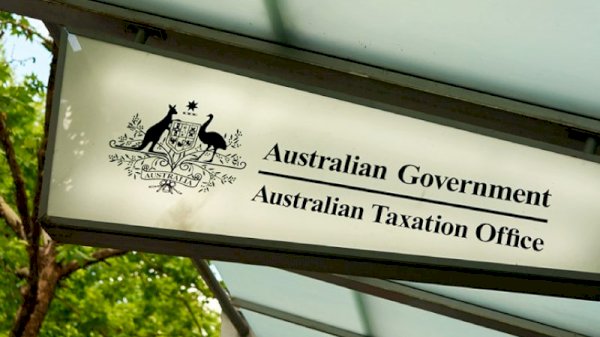Equipping professional accountants for sustainability
The International Federation of Accountants has developed a concise resource to guide accounting professionals and...
READ MORE
The Tax Office has outlined some of the more important developments around the Research and Development Tax Incentive reforms that accountants should be aware of ahead of the July 2021 start date.

In October, the federal government announced an additional $2 billion investment into R&D incentives in the 2020–21 budget.
Further, it also said it would remove the $4 million cap on annual cash refunds and instead lift the rate.
According to the rules, for small companies, those with aggregated annual turnover of less than $20 million, the refundable R&D tax offset is being set at 18.5 percentage points above the claimant’s company tax rate.
For larger companies, those with aggregated annual turnover of $20 million or more, the government will reduce the number of intensity tiers from three to two.
Speaking on a business.gov.au podcast on the R&D Tax Incentive, ATO assistant commissioner Jade Hawkins gave on overview of some of the important developments that accountants need to know in relation to the reforms.
She pointed out there’s been amendments to the feedstock, clawback and adjustment provisions whereby the amount applied for will no longer be an approximation.
“It will adjust for the exact offset amount and, importantly, the ATO will build these changes into our online calculator to assist companies to correctly calculate these amounts,” Ms Hawkins said.
In addition, Ms Hawkins noted there was an amendment to Part 4A of the Income Tax Act, whereby the ATO’s integrity provision was also made to include a tax offset as what’s known as a tax benefit.
“This is important, because currently Part 4A does not apply to a tax offset, and the amendment will enable the ATO to better target those really egregious cases,” she said.
“The legislation will apply to audits undertaken in the 2020–21 income years onwards.”
Finally, Ms Hawkins said the ATO will act on a measure included in the reforms to publish individual companies that have claimed R&D expenditure, with the first publication being two years after the end of the financial year.
“As the date of the effect of legislation is 1 July 2021, the end of the financial year is the 30 June 2022, and the additional two years mean the first publication will be as soon as practical after 1 July 2024,” she said.